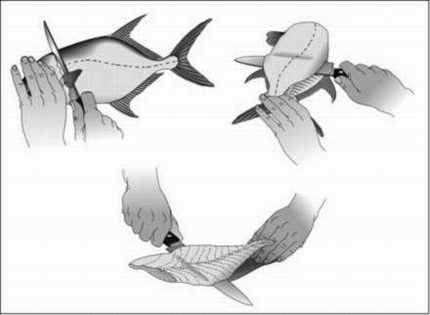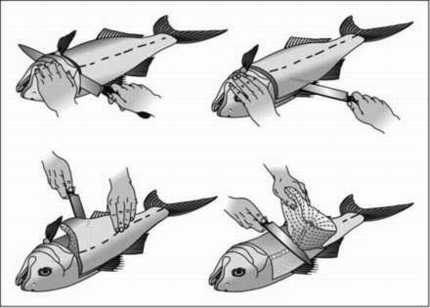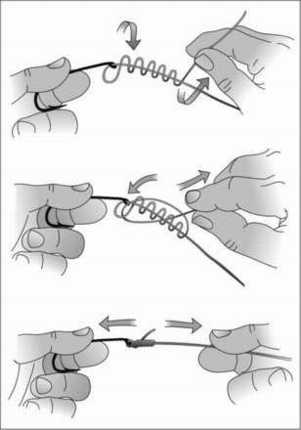Fishing for Dummies...
When I was a kid living in Labrador, my Dad and I would often go fishing and some of my favorite childhood memories were from those times. It wasn't really about the fishing for me. I just liked to spend time with my Dad and loved that we would do things differently there. Like using my 1970's Montreal Expos hat to drink from....seriously, how many times in life do you get to drink out of your hat? We would pack sandwiches, talk and occasionally even catch fish.
While searching for books I found the two "how-to" articles below.
Posted From HERE:
Filleting Your Fish
It takes a certain amount of touch to fillet a fish, but expending a little more effort at the cleaning stage is worth it because it means no bones at the eating stage. When you get the hang of filleting, you can zip through a pile of fish pretty quickly, and it gives you a sense of accomplishment that you can do something as well as the old-timers.
Don't worry too much if you don't get absolutely all the meat off the fish when you first start filleting. The idea at the beginning is to get some. If you skin the fish, as recommended, you do not have to scale it first. Obviously, if you are going to use the skin, scale it unless you like to eat scales. Figure 1 shows the basics of filleting a small fish (up to about 5 pounds).
 |
Figure 1: Filleting a small fish. |
1. Cut off the head just behind the gills.
2. Hold the fish by the tail. With the knife blade pointing away from you and across the body of the fish, begin to cut toward the head (or at least where the head used to be). Use the backbone to guide your knife.
3. To take the skin off, begin by holding the fillet by the tail, skin side down.
4. Hold the knife crosswise across the fillet and insert the knife between the skin and the flesh. Don't worry if you don't get this perfect at first.
5. While holding the skin, cut in the direction of where the head used to be.
When you have a larger fish, the tail-to-head method of filleting can be a little awkward. In this case opening the fish like a book is an effective method, as shown in Figure 2.
 |
Figure 2: Try this technique for filleting larger fish. |
Follow these steps (shown in Figure 2) to fillet a larger fish:
1. Make a deep cut just behind the gills (about halfway through the thickness of the fish).
2. Cut a slit a few inches in length along the top of the fish (the dorsal side).
3. Using the tip of the knife, separate the flesh from the bones, as illustrated. The fish should open up just like a book.
4. When completely open, finish cutting away the fillet by moving the knife along the "spine of the book."
Tying the Fisherman's Knot
To tie the Improved Clinch knot, as shown in Figure 1, follow these steps:
 |
Figure 1: The Improved Clinch Knot. |
1. Run the tag end of the line through the eye of the hook and pull 8–10 inches of line through the hook eye.
2. Wrap the tag end around the standing end for five wraps or turns.
3. Now pass the tag end through the loop next to the hook eye.
You have formed another loop that includes your wraps.
4. Pass the tag end through that loop.
5. Wet the loops with some saliva to lubricate the knot.
6. Hold the tag end and standing end in one hand and the bend of the hook in the other; then pull with steady pressure.
If you are not sure about safely holding the hook, grip it firmly but not super firmly with needle-nose pliers.
7. Tighten slowly.
8. Clip the tag end so that only 1/8-inch is left.

1 comment:
That's awesome. Finally. I would just tie loop after loop, knowing there was a proper way to tie it, but just didn't know!
Very helpful - good resource too - thanks!
Cheers,
Mungo
Post a Comment